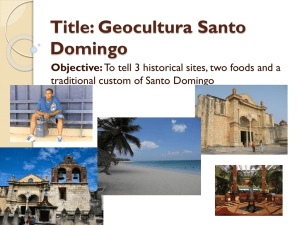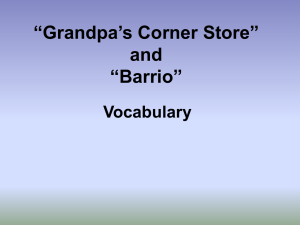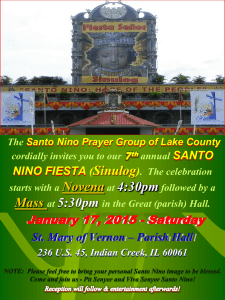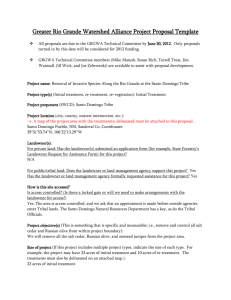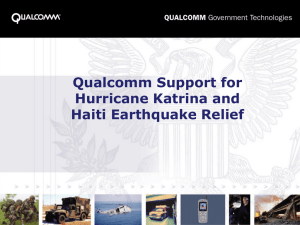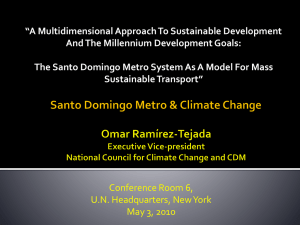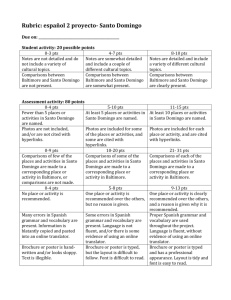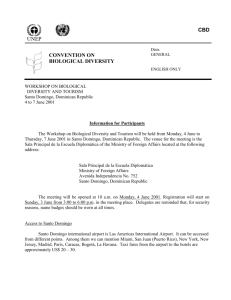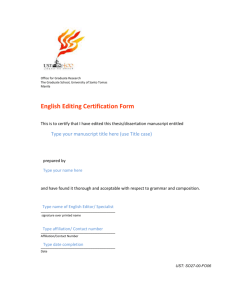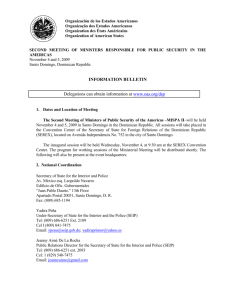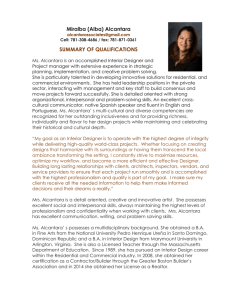Protocol for Lot Selection in Santo Domingo Fieldwork
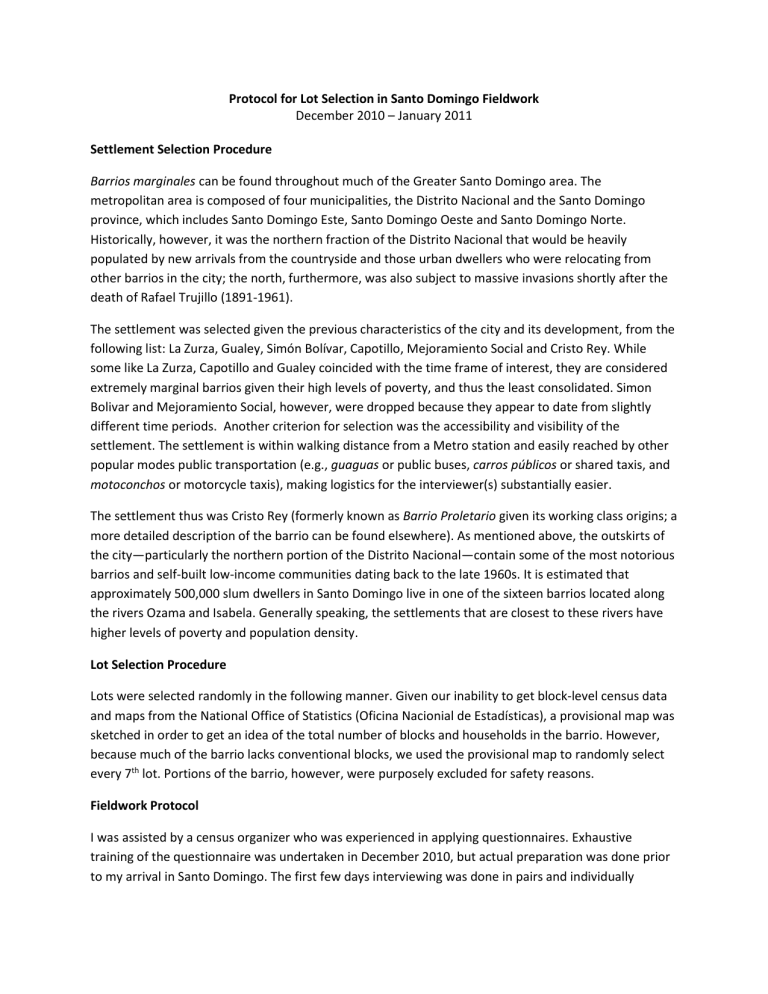
Protocol for Lot Selection in Santo Domingo Fieldwork
December 2010 – January 2011
Settlement Selection Procedure
Barrios marginales can be found throughout much of the Greater Santo Domingo area. The metropolitan area is composed of four municipalities, the Distrito Nacional and the Santo Domingo province, which includes Santo Domingo Este, Santo Domingo Oeste and Santo Domingo Norte.
Historically, however, it was the northern fraction of the Distrito Nacional that would be heavily populated by new arrivals from the countryside and those urban dwellers who were relocating from other barrios in the city; the north, furthermore, was also subject to massive invasions shortly after the death of Rafael Trujillo (1891-1961).
The settlement was selected given the previous characteristics of the city and its development, from the following list: La Zurza, Gualey, Simón Bolívar, Capotillo, Mejoramiento Social and Cristo Rey. While some like La Zurza, Capotillo and Gualey coincided with the time frame of interest, they are considered extremely marginal barrios given their high levels of poverty, and thus the least consolidated. Simon
Bolivar and Mejoramiento Social, however, were dropped because they appear to date from slightly different time periods. Another criterion for selection was the accessibility and visibility of the settlement. The settlement is within walking distance from a Metro station and easily reached by other popular modes public transportation (e.g., guaguas or public buses, carros públicos or shared taxis, and
motoconchos or motorcycle taxis), making logistics for the interviewer(s) substantially easier.
The settlement thus was Cristo Rey (formerly known as Barrio Proletario given its working class origins; a more detailed description of the barrio can be found elsewhere). As mentioned above, the outskirts of the city—particularly the northern portion of the Distrito Nacional—contain some of the most notorious barrios and self-built low-income communities dating back to the late 1960s. It is estimated that approximately 500,000 slum dwellers in Santo Domingo live in one of the sixteen barrios located along the rivers Ozama and Isabela. Generally speaking, the settlements that are closest to these rivers have higher levels of poverty and population density.
Lot Selection Procedure
Lots were selected randomly in the following manner. Given our inability to get block-level census data and maps from the National Office of Statistics (Oficina Nacionial de Estadísticas), a provisional map was sketched in order to get an idea of the total number of blocks and households in the barrio. However, because much of the barrio lacks conventional blocks, we used the provisional map to randomly select every 7 th lot. Portions of the barrio, however, were purposely excluded for safety reasons.
Fieldwork Protocol
I was assisted by a census organizer who was experienced in applying questionnaires. Exhaustive training of the questionnaire was undertaken in December 2010, but actual preparation was done prior to my arrival in Santo Domingo. The first few days interviewing was done in pairs and individually
latterly as both members of the team became more confident. However, given the high level of insecurity in the barrio, both team members worked on the same street or adjacent blocks.
Substitutions were allowed if the building was unoccupied, vacant or after two failed attempts had been made to conduct the interview (fourth house to the right).
Actual interviewing took anywhere from 25-40 minutes (for owners; much less for renters). Both members took approximately an hour long lunch at 1pm and continued until roughly 5pm.
Post Survey Coding and Analysis
Since a coding guide had been prepared before fieldwork (and codes were pre-categorized), coding took place over the following weeks and was done only by one person. The coding guide and initial coding was done in excel and later uploaded into a SPSS datasheet.
